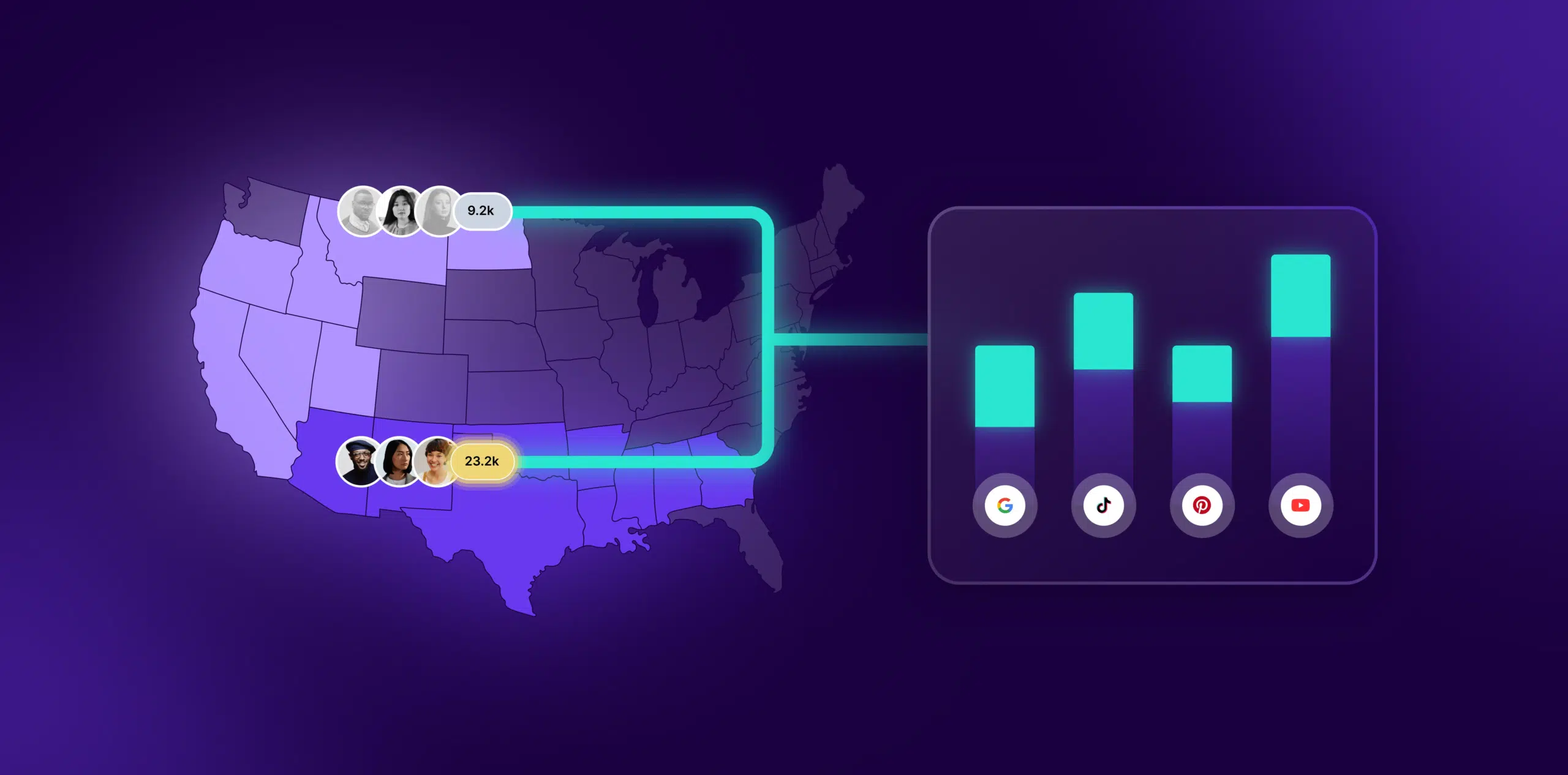What is Privacy Set Intersection?
Privacy Set Intersection (PSI) is a vital computing protocol that enables two parties, each holding their own private set of data, to compute the intersection of their sets without revealing any additional information. In essence, it aids in determining the common elements in both data sets without compromising the confidentiality of any non-common elements.
The concept relies heavily on cryptographic techniques. In layman’s terms, PSI allows two parties to find commonalities in their information while preserving the confidentiality of their unique parts. It strives to balance between data utilization and privacy preservation, which has become increasingly critical in this data-driven era.
Formula
PSI doesn’t encapsulate a mathematical formula. Rather, it implements a cryptographic protocol that starts with data encoding, then the exchange of encoded data, and finally the step of decryption to find the intersecting set.
Example
Assume two eCommerce companies, A and B. Company A retains information about products it sells, along with customer behavior data. Company B holds a list of potential customers who have shown interest in similar products. If both companies decide to collaborate and identify their potential market segment, they can use PSI. They can find the intersection of useful data without disclosing any irrelevant information or breaching privacy norms.
Why is PSI important?
PSI allows effective data collaboration in eCommerce scenarios while maintaining privacy. It’s useful for data-driven targeting. Besides privacy preservation, PSI can also reduce communication costs, which is advantageous to eCommerce companies as they handle massive amounts of data. Moreover, it assists in enhancing data security, making it an integral part of data integrity strategies.
Which factors impact PSI?
Improvements in PSI can be achieved by incorporating efficiency-enhancing mechanisms like Bloom filters, Oblivious Pseudo-Random Function (OPRF), and Garbled Circuits. For secure computation, Homomorphic Encryption (HE) tools can be employed.
How can PSI be improved?
PSI’s effectiveness can be influenced by the size and complexity of the datasets, cryptographic techniques used, the computation power of the systems involved, and the sensitivity level of the data.
What is PSI’s relationship with other metrics?
PSI applies to various eCommerce metrics. For instance, PSI could help identify customer overlap between two separate online platforms or services. Moreover, it also bolsters eCommerce metrics like customer retention and conversion rates by ensuring secure targeted marketing.
Free essential resources for success
Discover more from Lifesight






















































